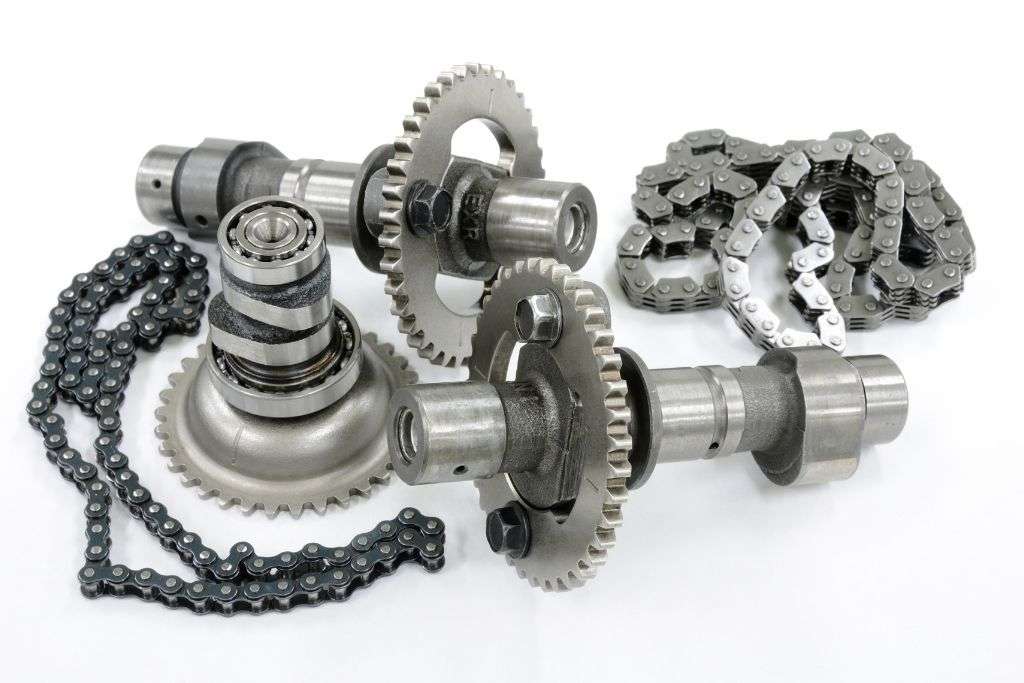
Sep 5,2023
In the world of two-wheeled freedom, where the open road beckons and the thrill of the ride calls out to enthusiasts, there's a conundrum echoing through the alleys of motorcycle shops and garages alike - a shortage of motorcycle parts.
Whether you're seeking motorcycle accessories, motorcycle components, aftermarket motorcycle parts, OEM motorcycle parts, custom motorcycle parts, or even high-performance motorcycle parts, the shortage affects all riders. Let's take a deep dive into this intriguing issue and discover why these essential components are becoming as rare as a pristine, vintage Harley-Davidson.
Over the last decade, the world has seen a surge in motorcycle enthusiasts. From seasoned riders to newcomers eager to experience the thrill of the open road, the demand for motorcycles has skyrocketed. As more people take to the streets on two wheels, the need for motorcycle parts has naturally increased.
One major factor contributing to the shortage of motorcycle parts is the global supply chain disruptions.
The motorcycle industry relies heavily on components sourced from around the world. The pandemic exposed the fragility of this intricate web. Lockdowns, factory closures, and shipping delays created a bottleneck that still reverberates today.
In 2020, motorcycle production decreased by approximately 10% due to supply chain disruptions.
The global chip shortage, which affected various industries, including automobiles, also impacted motorcycle manufacturing.
A survey of motorcycle manufacturers revealed that 78% faced challenges in sourcing essential parts during the pandemic.
Motorcycle riders are a diverse bunch, each with their unique preferences and styles. The demand for custom motorcycle parts and high-performance motorcycle parts has never been higher. As riders seek to make their bikes truly their own, this niche market segment has seen explosive growth.
Custom motorcycle parts and accessories sales grew by 18% in the last year.
The custom parts market is expected to reach $17 billion by 2025.
72% of motorcycle owners have expressed interest in customizing their rides.
Modern motorcycles are marvels of engineering, with an array of intricate components that ensure both safety and performance. As motorcycle technology advances, so does the complexity of these parts. This complexity can lead to longer production times and a higher chance of shortages.
On average, a motorcycle today contains 30% more components than a motorcycle from a decade ago.
The manufacturing process for high-performance components often involves more intricate steps, further increasing production time.
Environmental concerns have led to stricter regulations on emissions and materials. While these regulations are undoubtedly important for the planet, they have also caused delays and increased costs in manufacturing motorcycle parts that comply with these standards.
Compliance with environmental regulations has led to a 15% increase in the cost of producing OEM motorcycle parts.
Manufacturers are investing in research and development to create environmentally friendly alternatives, but this transition takes time.
E-commerce has revolutionized the way we shop, including how we purchase motorcycle parts. While this convenience has benefits, it has also contributed to the shortage.
Online marketplaces make it easier for consumers to find and buy parts, further straining an already stretched supply chain.
Online motorcycle parts sales grew by 27% in the past year.
The share of motorcycle parts bought online has increased by 15% over the last five years.
Despite the challenges posed by the shortage of motorcycle parts, the industry is adapting and evolving. Manufacturers are investing in technology and automation to streamline production. They are also exploring alternative materials that meet environmental standards while maintaining performance.
The shortage of motorcycle parts is a complex issue driven by factors such as global supply chain disruptions, rising demand for customization, component complexity, environmental regulations, and the influence of e-commerce.
While the shortage may persist for some time, the motorcycle industry is resilient and innovative. Riders and manufacturers alike are finding new ways to navigate these challenges, ensuring that the joy of two-wheeled adventure remains accessible to all.
As riders, we must be patient and resourceful, exploring new avenues for finding the motorcycle parts we need. Whether it's OEM or aftermarket, custom or high-performance, the thrill of the ride awaits, and together, we'll keep our bikes rolling.